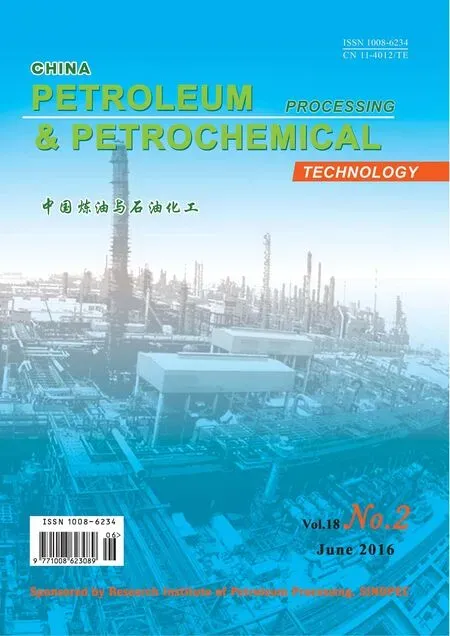Chinese Academy of Sciences Made a Series of Progress in Study on Metal-Organic Frameworks Catalytic Materials
Chinese Academy of Sciences Made a Series of Progress in Study on Metal-Organic Frameworks Catalytic Materials
The research team headed by Cao Rong of the State Key Laboratory of Structural Chemistry under the CAS Fujian Institute of Research on Structure of Materials (FJIRSM) has made new progress in the study of the metalorganic frameworks (MOFs) based catalytic materials. This research team via modifying the hydrophobic per fl uorinated hydrocarbons in the mesoporous channels of NU-1000, a kind of MOFs with high speci fi c surface area, followed by using incipient wetness impregnation has homogeneously distributed the Pd nanoparticles inside the channels of NU-1000. In comparison with the unmodi fi ed MOFs based compounds, the modi fi ed MOFs based catalytic material has increased the reaction activity in catalyzing the C—H bonds of indole, indicating to its high C2selectivity. The introduction of perfluorinated chain has significantly enhanced the hydrophobicity of channels, which is conducive to the entry of reactants to the active centers to increase the catalytic activity.
Furthermore, when the catalytic reaction takes place on the nano particles loaded MOFs, the metal-organic frameworks only function as a support to prevent nano particles from aggregation. However, most MOFs compounds are microporous materials, which can constrain the access of reactants and products to the active sites inside the channels, leading to reduced catalytic activity. This research team has for the fi rst time applied the multi-stage micro-mesoporous metal-organic frameworks compound, MM-MIL-53 (Al), to successfully disperse the nano-crystallites of PtPd alloy inside the channels. Quite surprisingly, the Lewis acid-base active centers on MM-MIL-53 (Al) can enter into reaction with the nano-crystallites of PtPd alloy to form a bifunctional catalyst, which can in an oxygen-free environment help to catalyze dehydrogenation of secondary alcohols to ketones.

